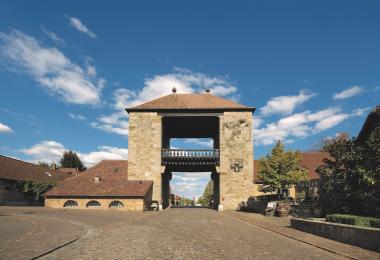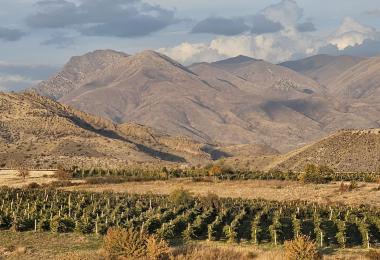The weather pattern in 2022 was challenging. Cool and warm phases alternated in spring, but overall, it was too dry. On the other side, this delayed budbreak until the end of April, which was advantageous in avoiding possible damage from spring frost. Warm weather encouraged early flowering, which was followed by much-needed rainfall. Although the rainfall was welcome, it also caused fungal disease pressure that required attention in many vineyards. Vines had to cope with drought in summer and Austrian vintners appreciated their access to a sufficient water supply and ability to irrigate. Rain finally arrived at the end of August and continued sporadically throughout September with sufficient periods of ambient weather to begin harvest.

High summer temperatures were responsible for relatively advanced sugar content of grapes by the beginning of September. Comparisons of the parameters of the ripening process showed a similar curve as the outstanding 2019 vintage. The choice of picking times was crucial, especially for early ripening vineyards and varieties.

The weather made a turn for the better for the main harvest in October with warm pleasant days and cool nights interspersed only occasionally with rain. For white wines, late ripening varieties and vineyards fared well. The situation is different for red wines and expectations are generally high. Drought caused the development of smaller grape berries with thicker skins. Correspondingly, the red wines are deeply coloured and have abundant ripe tannins. It appears to be a splendid vintage for Blaufränkisch in particular. A few promising sweet wines are still hanging on the vines.

The President of the Austrian Winegrowers’ Association, Johannes Schmuckenschlager states, “The strong demand for Austrian wine at home and abroad is also reflected in the lively interest from buyers on the grape market. This should make it possible to cover additional production costs. Due to the diversity of players in Austria, from small estates to large wineries, there have been no significant distortions on the wine market. The increased additional costs will also be passed on, but no extreme, speculative increases as seen in other sectors are to be expected. Our winegrowing families continue to produce wines despite the current difficult situation and remain reliable partners for the wine trade.”








